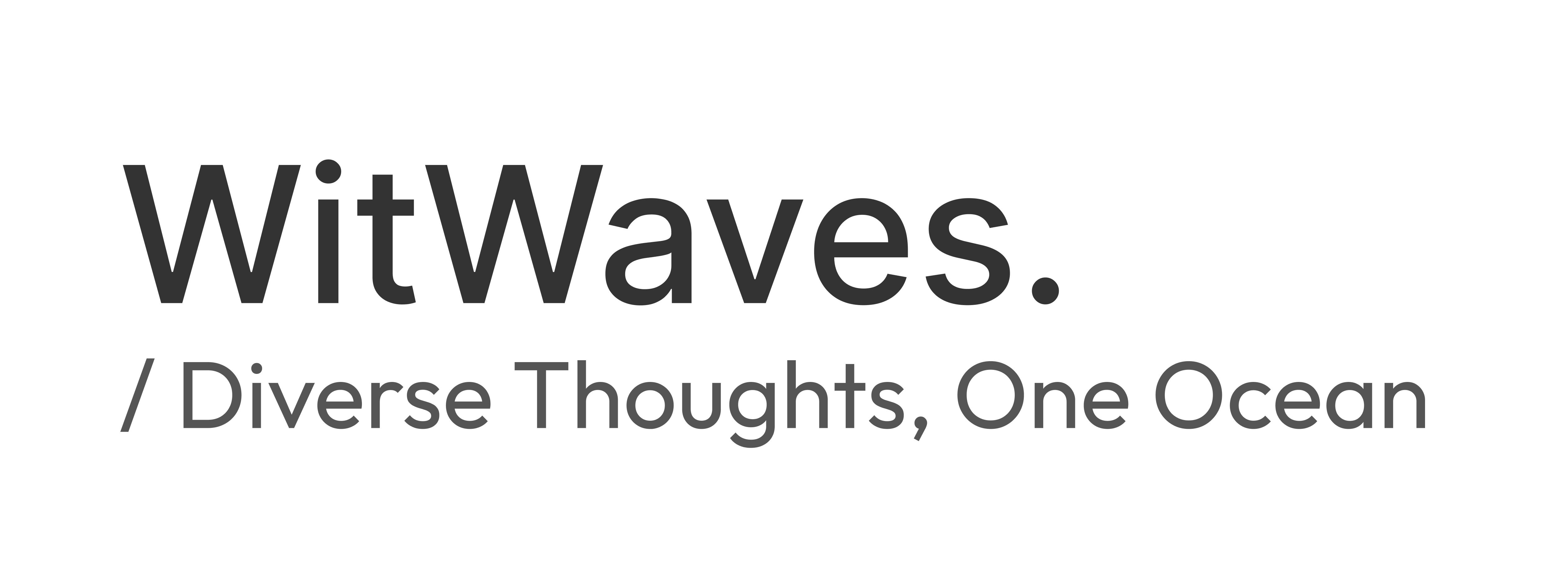When you enter a URL into your browser, it’s easy to overlook the small but significant "HTTP" or "HTTPS" prefix that often appears. These prefixes are more than just arbitrary text—they signify the protocol, or set of rules, your browser follows to retrieve the website you’re trying to visit. While HTTP (Hypertext Transfer Protocol) and HTTPS (HTTP Secure) are the most common, the world of URL protocols is vast and fascinating, extending far beyond just these two.
Understanding the Basics: What is a URL Protocol?
A URL protocol is essentially a label that tells your browser what kind of content it’s dealing with and how to handle it. It’s the first part of the URL before the "://", acting as an identifier. Most commonly, this is HTTP or HTTPS, which signals to your browser that it’s fetching a webpage from a server. However, there are many other protocols, each with a specific purpose, designed to interact with various types of software and services.
Beyond HTTP: Lesser-Known Protocols
While HTTP and HTTPS are ubiquitous, you’ve likely encountered other protocols without even realizing it. Here are a few you might recognize:
- File://: This protocol is used to access files stored on your local computer through your browser. For instance, typing "file://C:/Users/YourName/Documents" into your browser will display the contents of your Documents folder.
- Mailto: Clicking on a "mailto:" link opens your default email client with a pre-filled recipient email address. This protocol is widely used in web forms and contact pages.
- Steam://: Used by the Steam gaming platform, this protocol allows links to open specific games or features within the Steam client. For example, you might use a "steam://" link to jump directly into a game from a web browser.
- Magnet://: Common in the world of torrents, magnet links directly connect your torrent client to download files without the need for a .torrent file.
The Technical Side: How Protocols Work
Each URL protocol is associated with specific software or functions on your computer. When you click on a URL, the browser identifies the protocol and delegates the task to the appropriate program or system feature. For example, a "steam://" link will prompt your computer to open Steam and perform the specific action encoded in the link.
Most of these protocols are defined and recognized globally, but some are specific to certain software applications. For example, protocols like "mailto:" are universal and will work on almost any system. In contrast, something like "chrome://" or "ms-settings://" is specific to certain software (Google Chrome and Windows, respectively).
Custom Protocols: The DIY Option
Did you know you can create your own URL protocol? While it may seem like something reserved for software developers, it’s possible to design a custom protocol that performs specific actions on your computer. This involves creating a registry key in Windows or a similar process on other operating systems. For example, you could create a "launchgame://" protocol that starts a specific game with predefined settings.
However, custom protocols are primarily useful for developers who need to create shortcuts for specific software tasks. While not everyone will find this feature necessary, it’s a fascinating example of the flexibility built into modern computing systems.
The Future of URL Protocols
As technology continues to evolve, so too will the variety and complexity of URL protocols. Emerging technologies like virtual reality (VR), augmented reality (AR), and the Internet of Things (IoT) may lead to the development of new protocols tailored to these experiences. For example, future protocols might allow seamless transitions between web content and immersive environments or enable communication between smart devices in your home.
Conclusion: The Hidden World of URL Protocols
While most users only encounter the HTTP and HTTPS protocols, the broader ecosystem of URL protocols is rich with possibilities. These protocols are the unsung heroes that make our online experiences seamless, enabling everything from downloading files to opening specific applications with a single click.
Whether you’re a casual user or a tech enthusiast, understanding these protocols can deepen your appreciation for the invisible systems that power the internet. Next time you see a strange prefix in a URL, take a moment to consider the intricate dance of technology that’s happening behind the scenes to deliver the content you’re seeking.



Discussion
1 comment
...
Great Post!